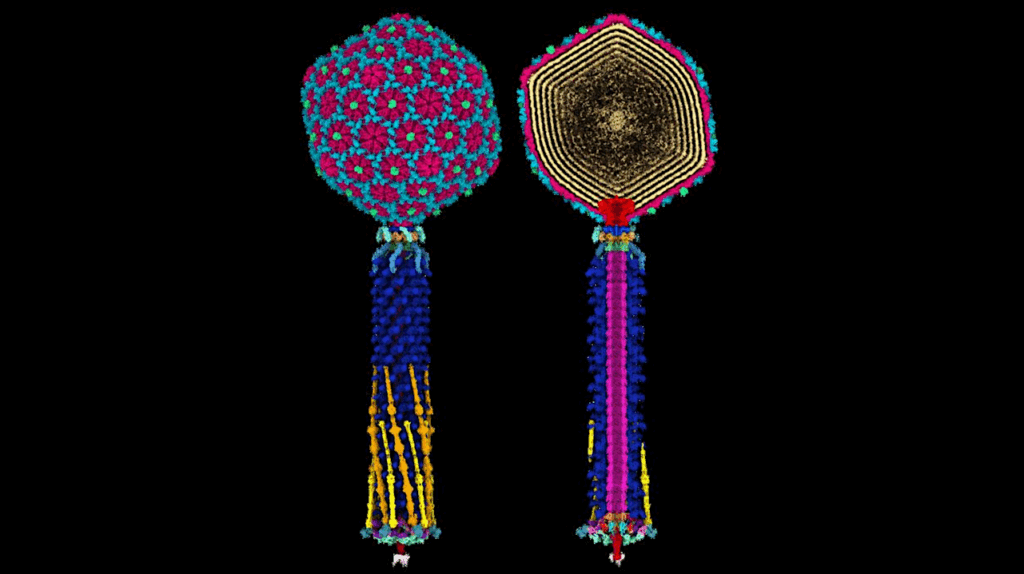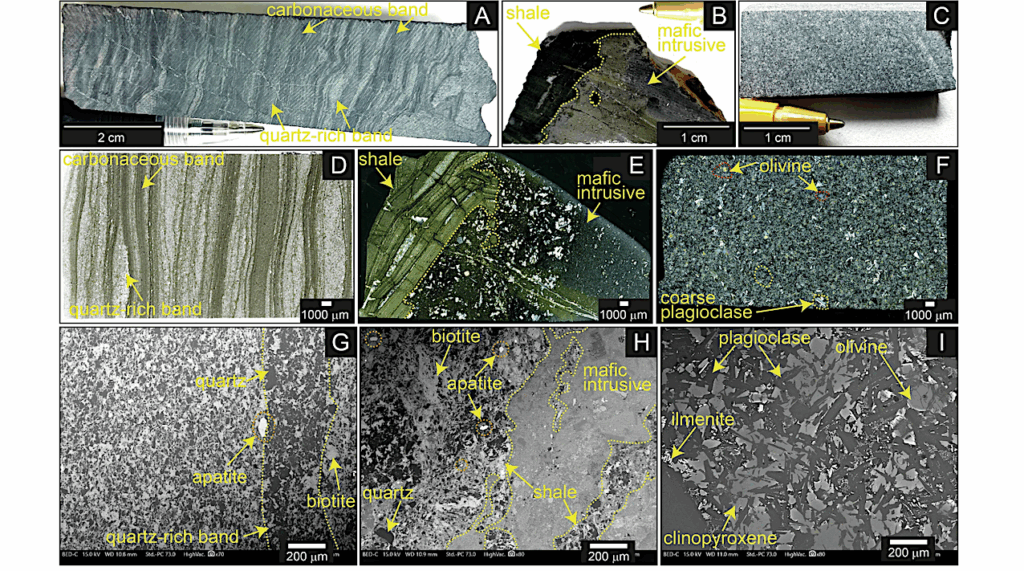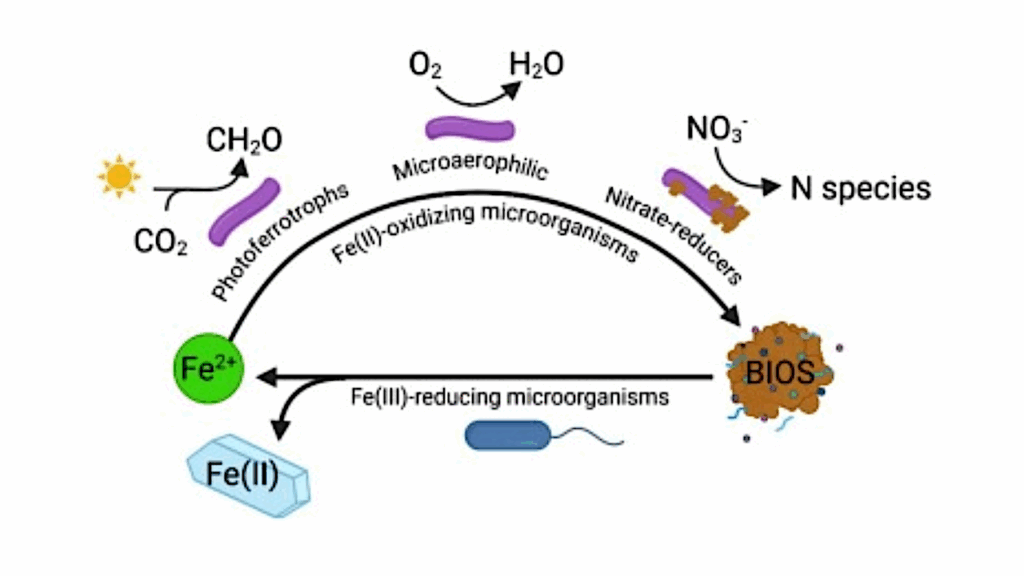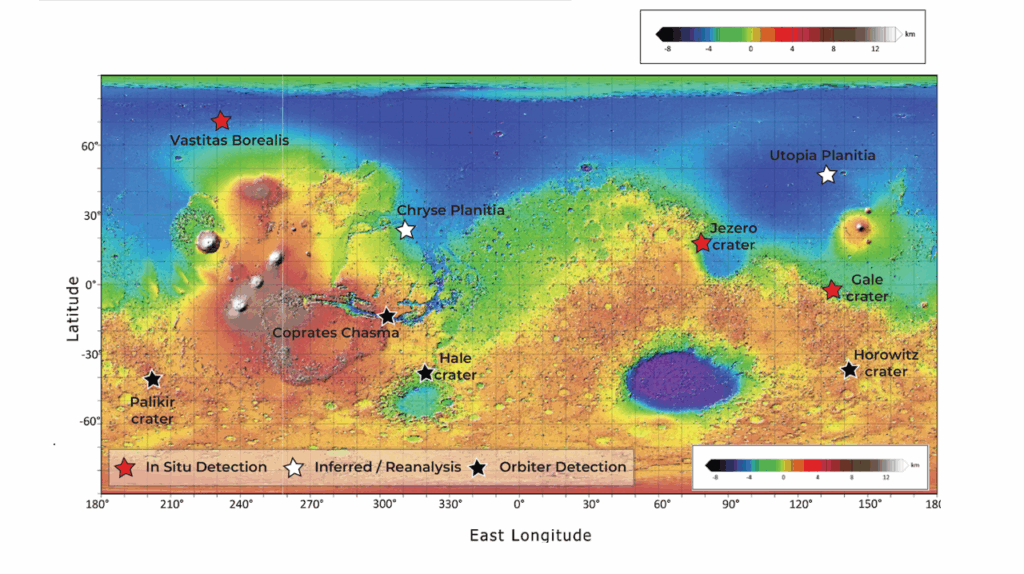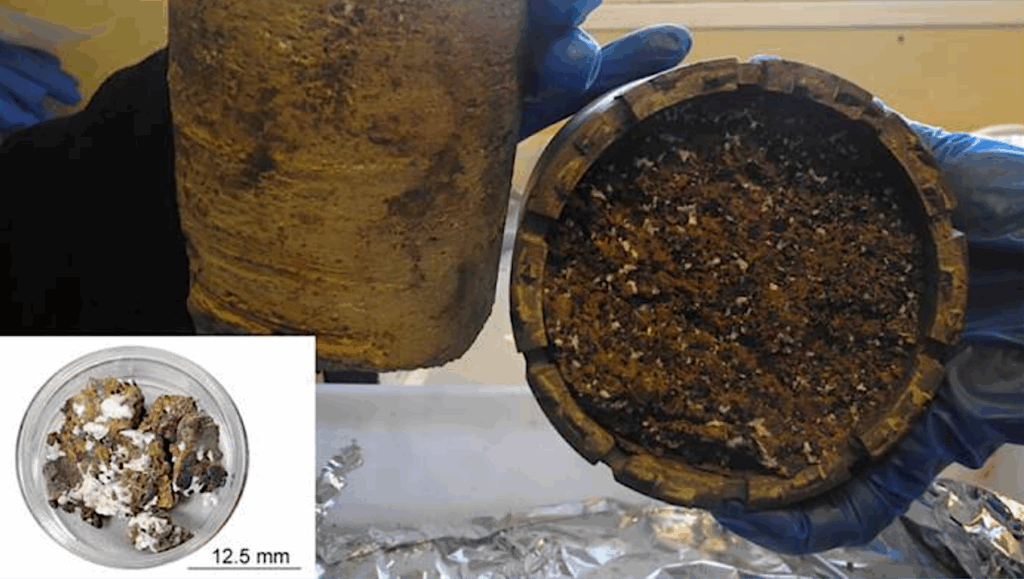Identification of Bacillus Species Isolated From Cleanrooms at NASA Johnson Space Center

Bacteria are frequently isolated from surfaces in cleanrooms, where astromaterials are curated, at NASA’s Lyndon B. Johnson Space Center (JSC). Bacillus species are of particular interest because endospores can endure extreme conditions.
Current monitoring programs at JSC rely on culturing microbes from swabs of surfaces followed by identification by 16S rRNA sequencing and the VITEK 2 Compact bacterial identification system.
These methods have limited power to resolve Bacillus species. Whole genome sequencing (WGS) is the current standard for bacterial identification but is expensive and time-consuming.
Matrix-assisted laser desorption – time of flight mass spectrometry (MALDI-TOF MS), provides a rapid, low-cost, method of identifying bacterial isolates and has a higher resolution than 16S rRNA sequencing, particularly for Bacillus species; however, few studies have compared this method to WGS for identification of Bacillus species isolated from cleanrooms.
Resolution of MALDI-TOF compared to whole genome sequencing for identification of Bacillus species isolated from cleanrooms at NASA Johnson Space Center, Frontiers vis PubMed
Astrobiology,



